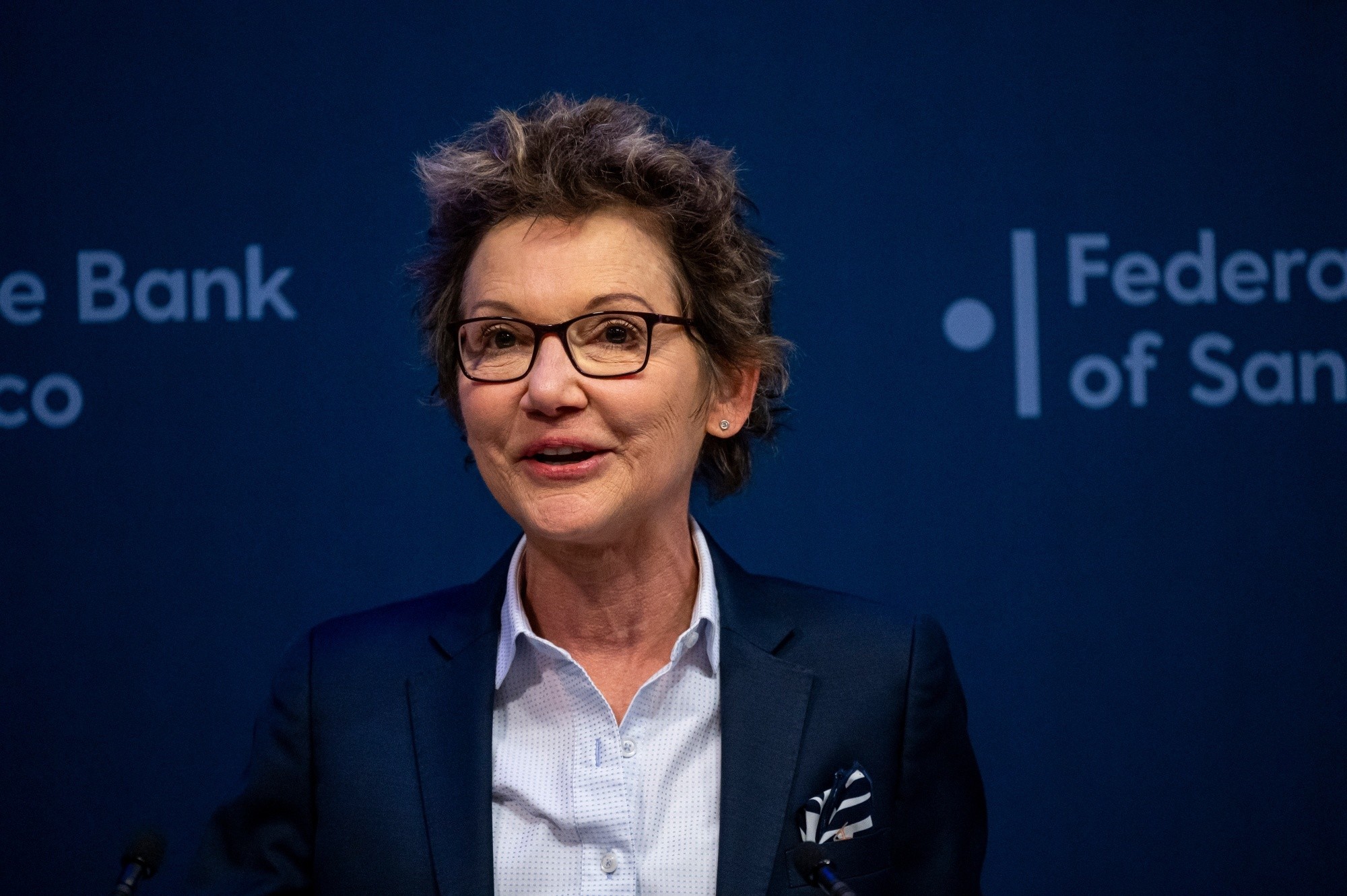Daley said the time to cut interest rates was approaching.
On August 4, San Francisco Fed President Mary Daly said that the time to cut interest rates was gradually approaching.
After assessing the evidence that the job market continues to weaken and tariffs have not triggered persistent inflation, she officially signaled to the market that interest rate cuts are approaching. Starting from the September meeting, every policy meeting may become a "real-time meeting" of interest rate adjustments."Evidence after evidence" in the job market shows that it is significantly weaker than last year, and policymakers can no longer ignore this trend.
Data from the U.S. Department of Labor showed that non-agricultural employment increased by only 73,000 in July, and the data for the first two months suffered a sharp downward revision. In May, new employment was revised downward from 144,000 to 19,000, and in June, it dropped sharply from 147,000 to 14,000. The unemployment rate climbed to 4.2%.Daley added that a number of important labor market and inflation data will still be released before the September policy meeting, and she will remain open.
Daley also said there was no indication that price increases triggered by tariffs were widely permeating into inflation data.If the Fed waits to confirm that inflation will not have a transmission effect-a process that may take six months or even a year-it will surely be too late.
The Federal Reserve left interest rates unchanged at last week's policy meeting, but internal differences widened.In the minutes of the meeting, two heavyweight directors, Bowman and Waller, cast a rare vote against it at the same time, advocating that interest rates should be cut immediately to prevent the risk of "stalling" in the job market-this is the first time since 1993 that dual directors opposed interest rate resolutions.
Bowman said that the economic slowdown has become a reality, and maintaining current interest rates may aggravate recessionary pressures; Waller bluntly stated that core inflation is close to the 2% target and does not need to wait until employment deteriorates significantly before acting.Daly tried to find a balance between radicalism and conservatism: she supported the two interest rate cuts (cumulative 50 basis points) predicted in June during the year as a benchmark scenario, but also admitted that if employment weakens further and inflation is controllable, interest rates may be cut more than twice; conversely, if inflation rebounds or employment recovers, there may be fewer than twice.
Affected by Daley's speech, U.S. stocks rebounded strongly the next day after experiencing a panic sell-off triggered by employment data on August 1 (the Dow fell 1.3% and the Nasdaq fell 1.9% on that day): the Dow rose 1.34%, the S & P 500 rose 1.47%, and Nasdaq surged 1.95% led by technology stocks.Trump hailed the stock market's rise on social media, saying that "the United States is getting very rich again" and predicted that the economy will "flourish" in 5-6 months and that "there will be more such days in the future."
The CME Federal Reserve Observation Tool showed that the probability of a 25 basis point interest rate cut in September soared from 37% before the non-agricultural announcement to 94.4%. The US dollar index fell 0.4%, and US bond yields fell simultaneously.
Agency expectations are even more intense.Goldman Sachs 'latest forecast points out that the Federal Reserve may cut interest rates by 25 basis points three consecutive times starting from September, and if the unemployment rate continues to rise in the next report, it does not rule out the possibility of a single rate cut of 50 basis points.Kathy Bostjancic, chief economist at Nationwide, said that a cumulative interest rate cut of 75 basis points is expected before the end of the year. The economic slowdown is "not coming, but has arrived" and companies are falling into the deadlock of "low hiring-low firing."The Ernst & Young-Parthenon model shows that if current trends continue, the unemployment rate may rise to 4.8% in early 2026.

